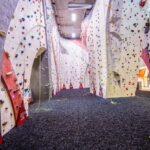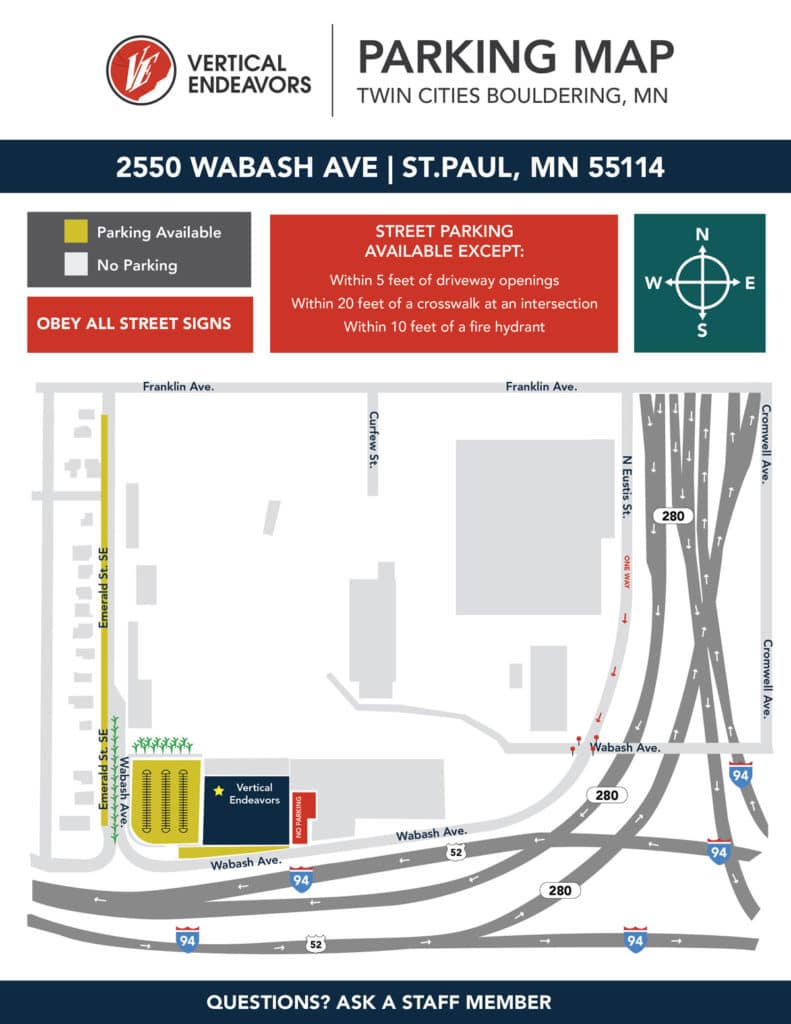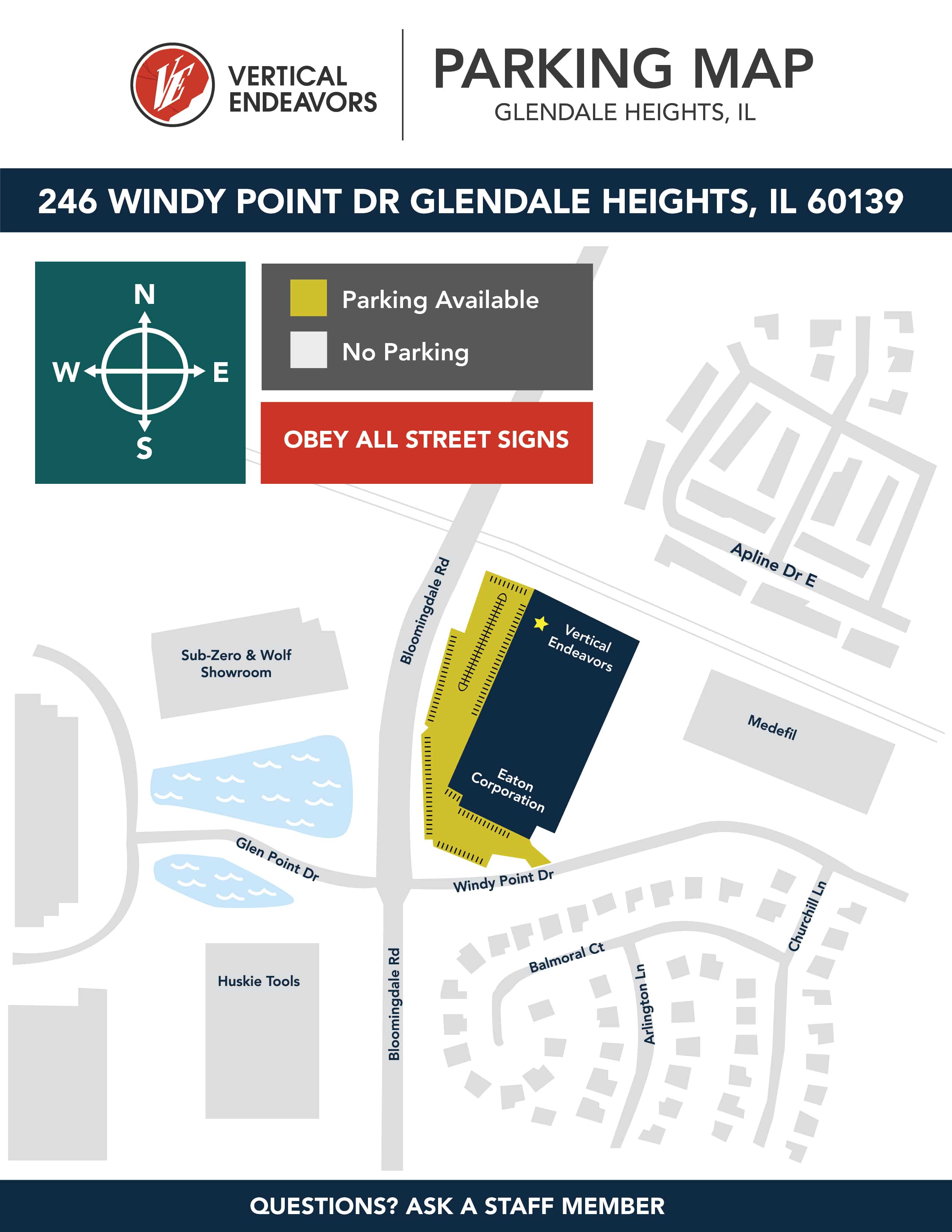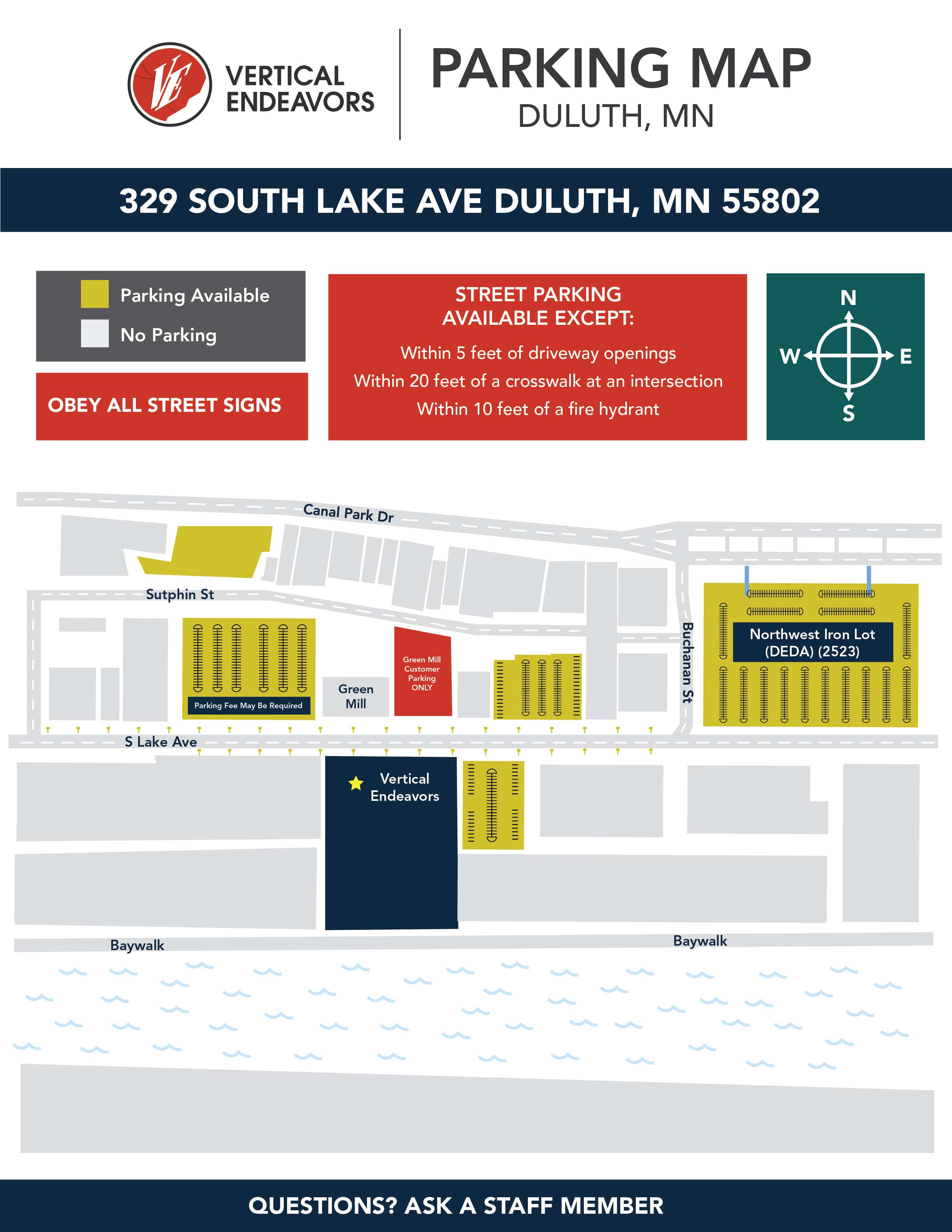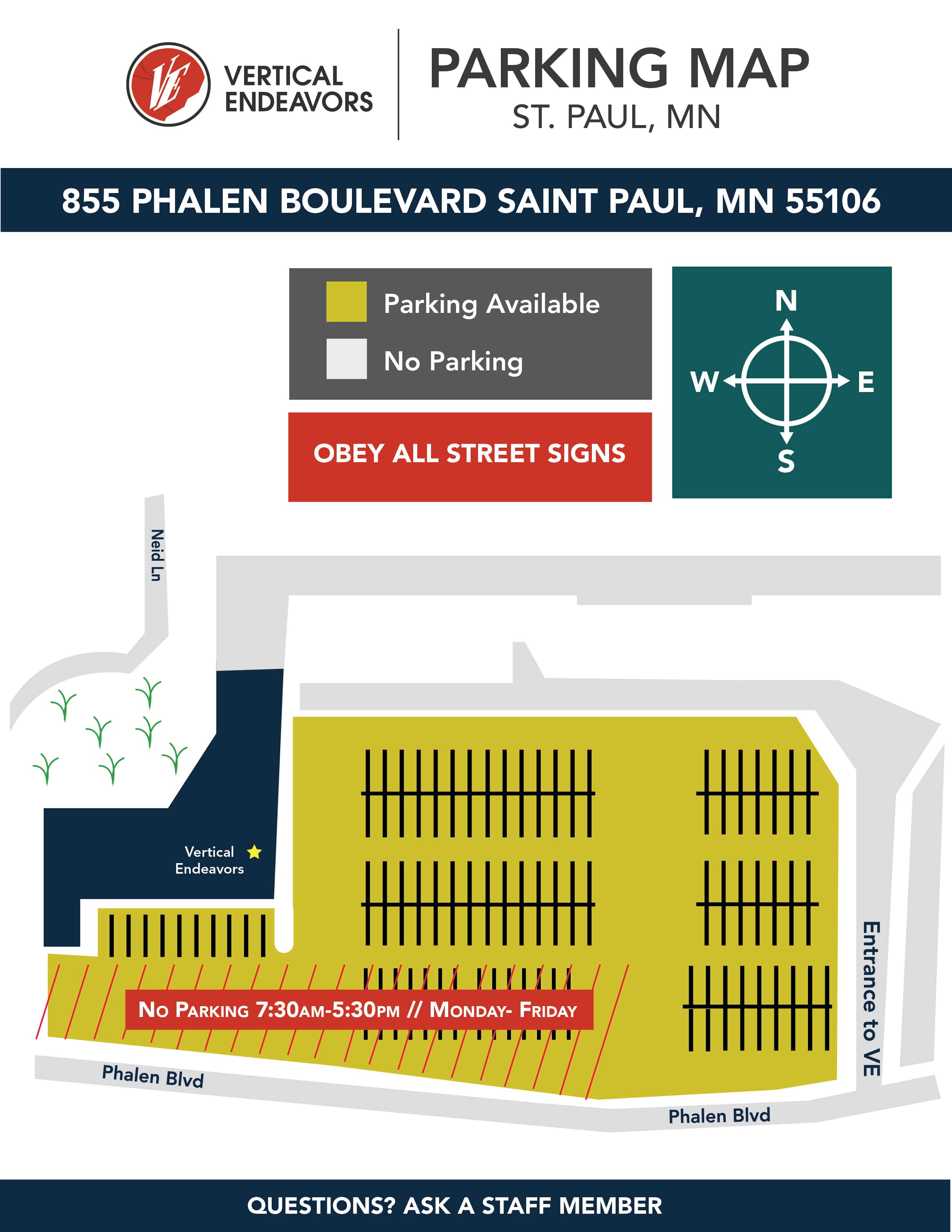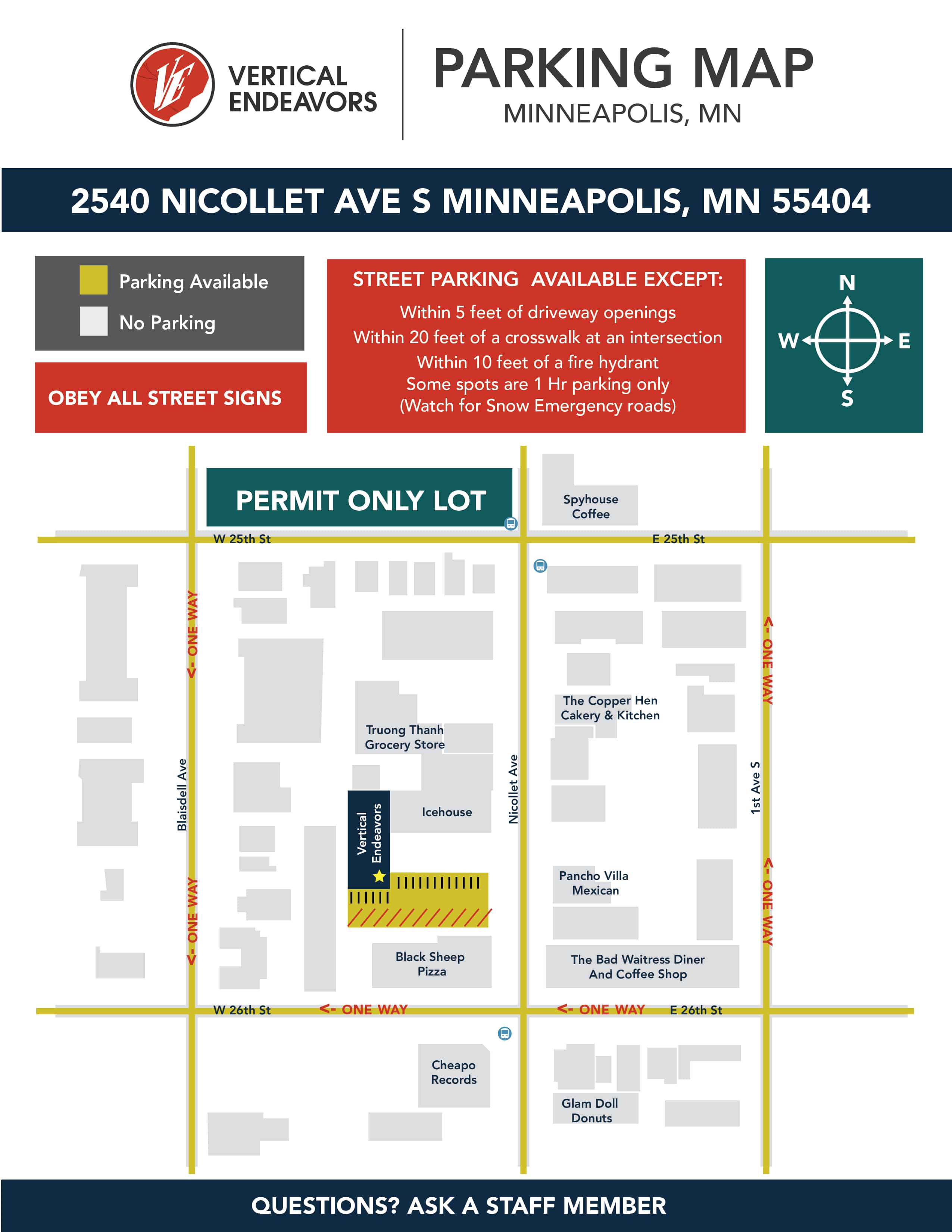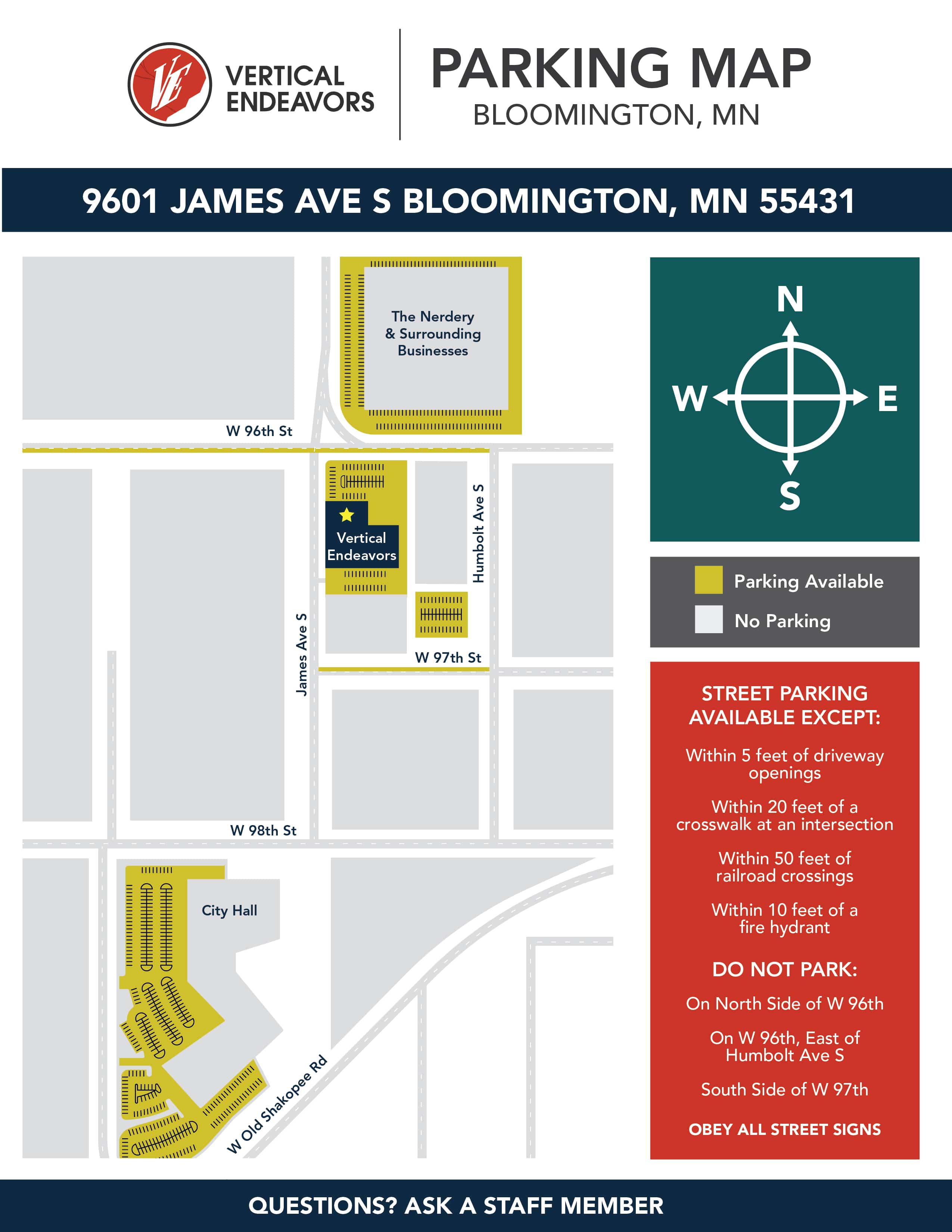Does the Type of Landing Surface Matter?
PART 2 – Types of Landing Surfaces for Indoor Climbing Facilities
The risk of falling is one of the inherent risks of climbing. Indoor climbing facilities strive to provide landing surfaces that help prevent or lessen the severity of ground impact injuries. In part 2, we will explore the different types of landing surfaces that can be found in indoor climbing gyms.
TYPES OF LANDING SURFACES
1. Foam Padding
The most common type of landing surface in indoor climbing gyms is foam padding. This material is specifically designed to absorb impact and reduce the risk of injury. The foam padding used in climbing gyms is typically made from high-density foam that can withstand the repeated impact of falls.
There are a few different types of foam padding used in climbing gyms, each with its own set of pros and cons. Closed-cell foam is a popular choice because it is dense and durable. It does not absorb water, which makes it resistant to mold and mildew. However, it can be more expensive than other types of foam. Additionally, because of its higher density, it has less force reduction and more energy restitution, which can result in a harder impact on the body.
Open-cell foam is another option. It is less dense than closed-cell foam, which makes it more comfortable to land on. It is also less expensive than closed-cell foam. However, it is not as durable, resulting in “soft spots” where there is high traffic or impact. Open-cell foam needs to be monitored and replaced more frequently than most closed-cell systems. Also, it can be more susceptible to mold and mildew if it gets wet.
In many facilities, they combine those two options for a combi-elastic surface with a layer of the sturdier closed-cell foam over a layer of the softer open-cell foam. This can either be covered with material such as vinyl, nylon, or carpet.

Seamed with 4” Velcro tape.

2. Crash Pads & Landing Mats
Crash pads are another type of landing surface that is commonly used in bouldering areas. These large pads are made from foam padding and are placed beneath the bouldering wall to cushion the impact of falls. Crash pads are typically thicker and larger than the foam padding used in other areas of the gym.
Crash pads are often used in outdoor bouldering areas as well, where they provide a portable landing surface that can be easily moved from one location to another. They are also popular among climbers who prefer a more minimalist approach to climbing.


| Landing Mats can be customized to fit any space and can be easily moved or removed for storage. The foam or foam layers are covered by a nylon or vinyl shell. |
3. Airbags
Airbags are a newer type of landing surface that is gaining some niche popularity in indoor climbing facilities. These inflatable devices are typically placed at the base of a climbing wall and provide a cushioned landing surface for climbers.
Airbags are often used in areas where falls from high heights are common, such as in competition settings. They are designed to absorb impact and reduce the risk of injury, even from falls of 30 feet or more. They come in a variety of shapes and sizes, from small single-person bags to large multi-person bags. They are typically made from a durable, tear-resistant material that can withstand repeated impact.

4. Loose Materials
In some cases, indoor climbing facilities may use natural or manufactured materials as a landing surface. This can include sand, pea gravel, mulch (wood, rubber, or other synthetic material), etc. that can provide a soft and cushioned landing surface. These materials are often used in outdoor playground areas, but they can also be used indoors.
One advantage of these loose materials is that they are often less expensive than foam padding or airbags and they last a long time. These surfaces do not require regular cleaning and can be maintained by picking out trash, sweeping from other surfaces, and raking to maintain a level surface. They are also very durable, requiring infrequent “fill-in” when certain areas are low, which keeps replacement costs down. However, if something is spilled or broken, then the effected area may need to be replaced entirely. This is still cheaper than replacing or repairing an entire landing surface.

5. Hybrid Systems
Indoor climbing facilities may use a combination of different types of landing surfaces. For example, they may use foam padding in some areas and shredded rubber in others. In some cases, they may utilize a mixture of systems to reach the objective of mitigating injury. It could be using open-cell foam underneath shredded rubber or devising other systems borrowed from gymnastics, boxing, or marital arts and adding their own force reduction elements. These hybrid systems can provide a more comprehensive and effective landing surface that can reduce the risk of injury from falls.



In conclusion, there are several different types of landing surfaces found in indoor climbing facilities that help mitigate injuries from ground impact. The type of landing surface used will depend on the specific needs of the facility.
In Part 3, we will compare landing surfaces to determine the best landing surfaces for indoor climbing facilities.
© 2023 Vertical Endeavors, Inc. All rights reserved. The contents of this article, photographs, and graphical representations are protected by U.S. and International copyright laws. Reproduction and distribution, in part or whole, without written permission from Vertical Endeavors are prohibited.

